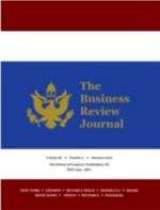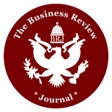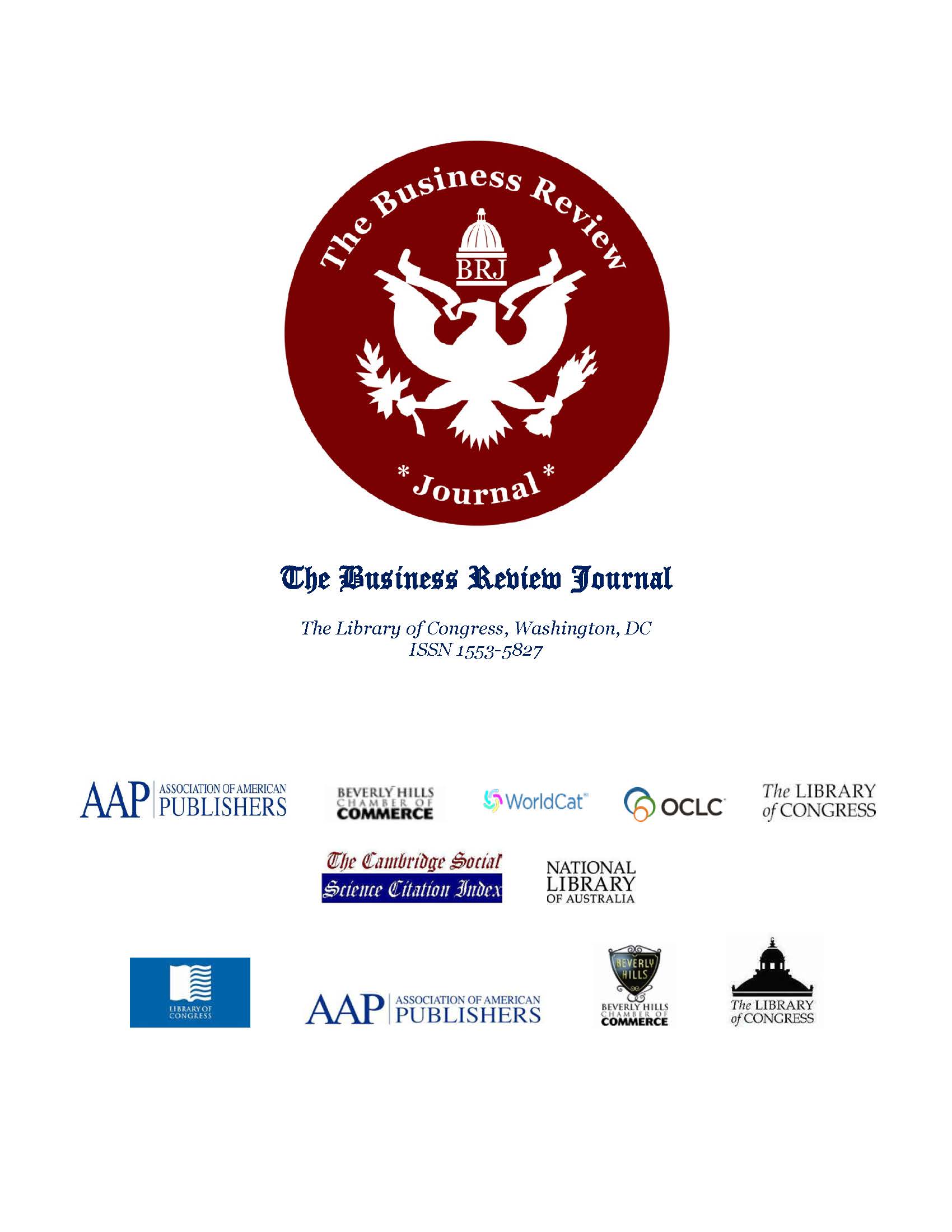|
Limitations of Finance Theory in Appraisal
Litigation
Dr. Donald G. Margotta,
Northeastern University, Boston, MA
ABSTRACT
Courts have
increasingly relied on finance theory to resolve valuation issues which
arise in corporate litigation. However, finance theory has limitations in
doing so. That, combined with ambiguities within the law, have led to
misinterpretations of finance principles and to
wide ranges of company valuations. This paper analyzes these problems,
especially those in assessing fair value in appraisal cases. It concludes,
from a finance perspective, that the deal value of a merger should be
considered at least equal to a company’s fair value, a view that is
consistent with the increasingly held view in the legal literature that the
deal value is the best estimate of fair value. Finance theory is used in
various types of litigation. Securities fraud litigation requires litigants
to meet a reliance requirement which they can do through the legal doctrine
of “fraud on the market,” (1) which is based on finance’s efficient market
theory. Also, such litigation is often brought as a class action and finance
theory is used in certifying a class that is allowed to receive awarded
damages. Procedures for determining damages when companies make false
statements that affect stock prices also rely on efficient market theory.
Appraisal litigation, however, is unique because appraisal statutes require
determining the “fair value” of a company, a term that is not defined in the
statutes and is not a term commonly used in the finance literature. This
paper shows that although ambiguities in the law and limitations of finance
theory are inescapable in valuation cases, the legal principle known as the
“business judgement rule” has evolved to enable courts to deal with them
under some circumstances and this paper suggests it could be considered even
more widely, especially in appraisal cases. The paper begins with a
description of appraisal litigation and of the term “fair value.” It also
describes the financial significance of appraisal litigation. Next, since
valuation metrics are central to the paper, discounted cash flow (DCF)
methodology is discussed in some detail, with emphasis on key variables that
contribute to the wide valuation differences seen in appraisal litigation.
The final portion of the paper discusses why the deal value in a merger
should be considered at least equal to fair value. Appraisal litigation
arises when dissenting shareholders of a target company object to a merger
price that has been agreed to by the company’s board and seek to get a
higher price for their shares by exercising appraisal rights in a judicial
proceeding.
Full text
Contribution
of Goodwill and Other Intangible Assets to Investor Returns in the U.S. and
Canadian For-Profit Health Services Sector
Dr. Robert Leach,
University of South Carolina Aiken, SC
Dr. Richard Heiens,
University of South Carolina Beaufort, SC
Dr. David S. Harrison,
University of South Carolina Aiken, SC
ABSTRACT
The study examines the
contribution of both acquired goodwill and other intangibles on investor
returns in the U.S. and Canadian for-profit health services sector.
Companies included in the study were drawn from the Standard & Poors
Compustat Industrial database, which contains income statement, balance
sheet, cash flow statement and supplemental data items for publicly traded
companies. In order to measure investor returns, the study utilized the
concept of market-adjusted holding period returns (HPR), an investment
performance measure associated with a buy and hold strategy over a given
investment horizon. Stock returns data were obtained from the University of
Chicago Center for Research in Security Prices database. The primary
finding is that accounting goodwill is the most significant intangible asset
associated with investor returns in the for-profit health services sector.
Moreover, the impact of goodwill on HPR is particularly robust in the case
of home health care services firms. On
March 23, 2010, President Obama signed into law the Patient Protection and
Affordable Care Act (ACA). The law promised to provide health insurance
coverage for millions of previously uninsured Americans, yet the new
regulatory landscape also had an effect on many other facets of the health
care industry. For example, faced with a great deal of uncertainty in the
early 2010s, which by many accounts has continued to the present day, many
firms in the health care industry have sought to minimize their risk profile
(Arduino, 2018). A great deal of
research has demonstrated the relationship between company size and
profitability (Barton and Gordon, 1988; Chakrabarti, Singh, and Mahmood,
2007). Not surprisingly, the health care industry in the North American
market has been in a long period of consolidation, and experts agree that
mergers and acquisitions are likely to continue unabated for years to come
before reaching a period of higher stabilization (Cussat, 2016). According
to research, the cost savings as a result of mergers and acquisitions can be
significant (Kristensen, Bogetoft, and Pedersen, 2010; Weil, 2010; Wilensky,
2018). Thus, these growth strategies, which often
lead to the creation of additional intangible assets, may ultimately lead to
shareholder value. Therefore, one strategic initiative that may be used as
a positive signal to the investment community regarding a company’s
anticipated future profitability is to seek growth through mergers and
acquisitions. According to Qureshi (2017), the market attaches
different values to intangible assets in different industries. Therefore,
studies focusing on the impact of intangibles need to be conducted on an
industry-by-industry basis. Unfortunately, despite the trend toward
consolidation in the health care industry and the resulting growth of
goodwill and other intangibles, research focusing on the resulting impact of
the acquired goodwill and other intangibles has not been widely conducted on
health services firms.
Full text
Human
Resource Motivation and Satisfaction in the Tourism Sector
Claudia
Costa, University of the Azores, Portugal
Dr. Sandra
Dias Faria, University of the Azores, Portugal
Dr. Joao
Couto, University of the Azores, Portugal
ABSTRACT
From the beginning
of the twentieth century, motivation and job satisfaction have become the
object of greater interest for several scholars and researchers who seek to
understand how they evolve over an individual’s life. The importance given
to these concepts is currently even greater owing to constant changes in
technology and the labor context. This study focuses on the growth of
tourism both globally and in the region being analyzed. This study evaluates
the importance of a set of factors, namely, individual characteristics,
literacy, and type/nature of the work, using two scales: one for motivation
(the Multi-Moti scale) and the other for satisfaction (the Job Satisfaction
Survey), both validated for the Portuguese population. The results indicate
that motivation and satisfaction are dissimilar between tourism and the
other sectors analyzed, and the differences between the two groups are
examined. Human resources are fundamental to the functioning, development,
productivity, and success of organizations. In this framework, the concepts
of motivation and satisfaction that are indispensable to this study are
studied independently and analyzed together because they are interrelated.
For this reason, many investigators have focused on understanding the
relationship between the individual and his/her work. We analyze the factors
that alter behavior and are associated with motivation and satisfaction
primarily to evaluate what stimulates a person to move toward certain goals.
From the analyses carried out, a set of predominant causes are investigated,
such as an individual’s personality, his/her work environment, and his/her
relationship with colleagues (Bonfim, Stefano, and Andrade 2010). Nowadays,
tourism is recognized as a strategic sector for the growth of the world
economy (Silva and Martins, 2016) as it provides recognition to countries at
the international level. To maintain this growth, it is essential to meet
the needs of tourists and match their expectations. Recognizing the tourism
sector as a demanding environment, the levels of motivation and satisfaction
should remain high, through effective and efficient practices that promote
labor welfare and superior execution of tasks. Thus, human resources
management plays an important role in delivering quality services to
customers, thereby providing a competitive advantage (Ishak, Abdullah, and
Ramli, 2011). This study is based on a methodology that allows
investigating the main factors that influence motivation and satisfaction,
namely, individual characteristics, literary qualifications, the nature of
work, and type of activity carried out. Over the years, motivation has been
studied by many authors, which has led to a set of definitions from the
theories of the most respected authors in the field of psychology. The study
of this concept is an added value, since companies should consider their
importance in the organizational context. According to Kanfer (1990),
motivation in organizations relates to what a person does (direction),
his/her effort toward the work (intensity), and how long he/she performs the
work (persistence).
Full text
The Impact of the
Company's Market Timing on the Credibility of Repurchase Announcement
Dr. Han-Ching Huang,
Chung Yuan Christian University, Taiwan R.O.C.
Shiao-Ru Peng,
Chung Yuan Christian University,
Taiwan R.O.C.
ABSTRACT
In this study, we
examine the impact of market timing on the actual repurchase ratio by the
sample of Taiwan listed companies at stock exchange market and the firms at
over-the-counter (OTC) market. Based on Dittmar and Field (2015), we use the
relative repurchase price (RRP) to measure the strength of market timing
abilities when firm repurchases its own stock. We find that the stronger
market timing ability is associated with the lower actual repurchase ratio.
The listed firms with larger market values are more likely to use stock
repurchase as a tool of supporting their stock prices.
Stock repurchase can be regarded as one of the company's channels to
release private information since it shows that the managers think the stock
price is undervalued (Dittmar,
2000; Massa, Rehman and Vermaelen, 2007). Choi and Chen (1997) indicate that
the response of price after the stock repurchase is stronger than that after
the dividend payment, and the analyst adjusts the range of the earnings
forecast after the stock repurchase is more than that after the dividend
payment.
Dittmar
and
Field
(2016) find that companies paid a lower price after general market declines,
which is consistent with corporate managers responding to the market’s
overreaction to negative information about the firm through repurchases.
There are many literature (e.g. Jenter, 2005; Hong et al., 2008) to discuss
whether the manager has the ability of market timing. Most of measuring the
company's market timing ability depends on the cumulative abnormal return
after stock repurchase. However, due to the different benchmarks to measure
the cumulative abnormal remuneration, the results may be different. Thus, it
has some drawbacks to use the event study method to measure the market
timing ability. In addition, the market timing ability is traditionally
measured by long-term returns after the announcement. Nonetheless, most of
the firms announce the repurchase but do not actually implement it (Lakonishok
and Vermaelen, 1990; Peyer and Vermaelen, 2009). Comparing the actual price
paid in the repurchase with the average market price of the stock,
Dittmar
and
Field
(2016) show that many companies, and in particular those that buy back
infrequently, have been able to time the market with repurchases. According
to Dittmar and Field (2015), we use the relative repurchase price (RRP) to
measure the strength of market timing abilities when firm repurchases its
own stock.
Since the company can declare stock repurchase, but does not guarantee the
plan's implementation, the company often announce to repurchase shares but
does not buy back actually or the actual purchase rate is low. Thus,
investors cannot know the actual proportion of repurchase stock when the
firm announces. We argue that the company with stronger market timing
ability more likely use the stock repurchase as a tool of supporting their
stock price. This company’s repurchase announcement is less credibility.
Therefore, this paper explores the impact of market timing on the actual
repurchase ratio. We find that the stronger market timing ability is
associated with the lower actual repurchase ratio.
Full text
The
Cultural Heritage of Sao Miguel Island as a Valuable Tourism Product
Iva
Cogumbreiro Garcia, University of the Azores, Portugal
Dr. Sandra
Dias Faria, University of the Azores, Portugal
Dr. Joao
Pedro Couto, University of the Azores, Portugal
ABSTRACT
The concept of cultural
heritage is increasingly related to economics and sustainable development,
both in theoretical work and empirical presentations. The economic component
of cultural heritage has borne a new area of study that focuses on tourism
as a support for the economic value attributed to it. Understanding the
perception and dimension of the cultural tourism market in the Azores, and
especially in São Miguel Island, is fundamental to fulfill the public's
aspirations and adopt public policies that enhance its value in harmony with
the focus on tourism in this archipelago that has been considered a destiny
of nature. Culture as the identity of a group or civilization is the general
starting point for this, assuming it as both edifying and uplifting of the
various dimensions of life in society. We can see the difficulty in
circumscribing such a wide universe as a product of concrete economic value.
Through the literature review, the concept of tangible and intangible
cultural heritage is identified through a typology of values. The research
on the actors within the cultural sector on São Miguel Island suggests that
there is a developing awareness of the value of Azorean cultural heritage as
a tourist product. On the other hand, the result of the research in the
consumption of the tourism in São Miguel Island points to new guidelines of
the valorization of this product. The growing link between the valuation of
cultural heritage and tourism has a significant impact on the development of
the Azores.
In the Azores, as an
autonomous region, public policies that focus on the cultural sector have
been lavish in the construction of infrastructures and valorization of the
cultural sector, as well as in reifying the notion that someone’s identity
that originates in both history and geography. The empirical analysis in
this article focuses on this identity's roots in cultural heritage. The
economics of cultural heritage take a singular status because heritage goods
share some characteristics with other cultural assets, especially uniqueness
(Benhamou, 2011). The cultural heritage of a tourist destination emerges in
the economy of tourism. The growth of tourism activities in the Azores has
followed the global trend of the last decade, and the exploitation of
consumers’ desires and preferences have been implemented in a
differentiation strategy, which promotes the development of new products and
offerings (Cogumbreiro, 2015). It is important to understand the true
impact of cultural heritage according to tourists' behavior in São Miguel
Island from the demand perspective, as well as the contribution of agencies
and entities engaged in cultural activities, according to the offer. The
variation in cultural heritage perceptions in São Miguel Island, examined
according to the characteristics of the workers in the cultural sector as
well as tourists was confirmed as null, which follows the hypothesis.
Likewise, the hypothesis that differentiated the recommendation of São
Miguel Island as a cultural tourism destination according to the type of
respondent (player or tourist) was rejected. From the 13 values of cultural
heritage (identity, history, memory, cultural, economic, legacy, pedagogic,
artistic, peace promotion, community, aesthetic, tourism, and customs),
collected in literature (Ferreira and Carvalho, 2017), only identity,
community and memory dimensions are measured differentially from demand and
supply perspective.
Full text |

 The
Business Review Journal
The
Business Review Journal
.gif)